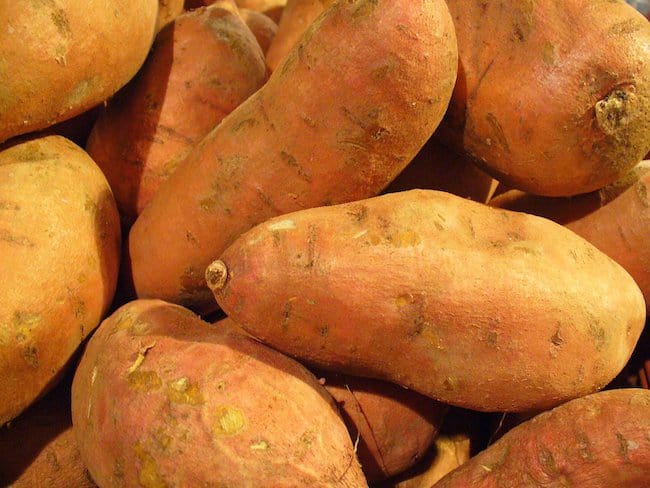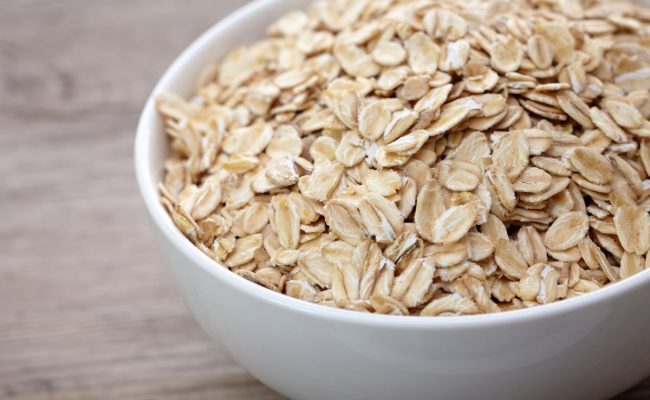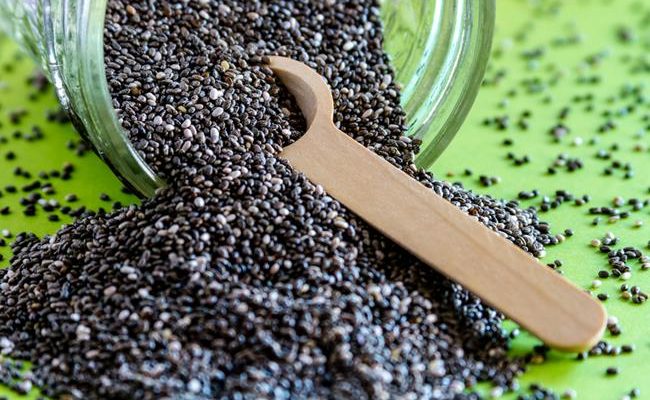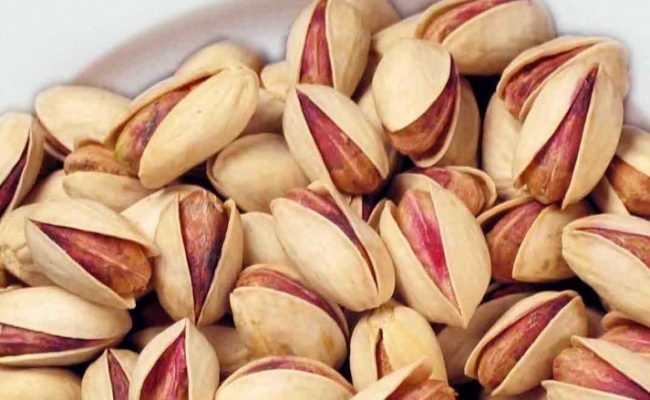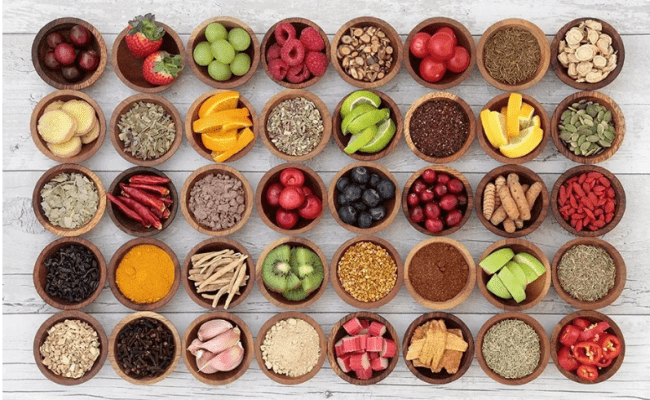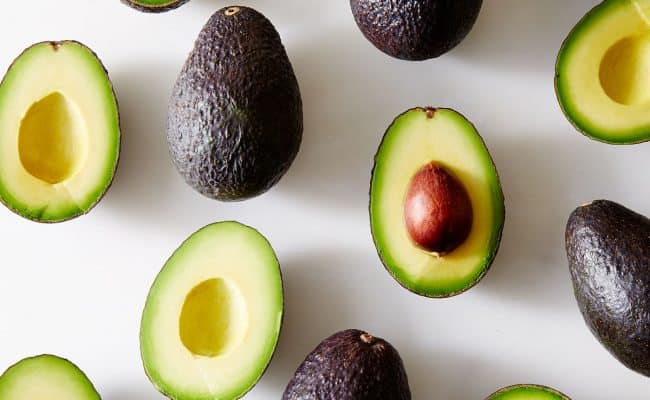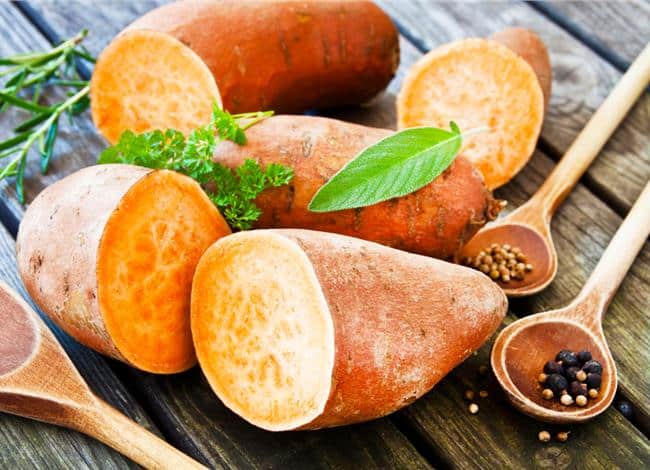
Yams and sweet potatoes are used interchangeably in the United States. Yams/sweet potatoes are a tuber similar to potatoes that are more orange color of varying tones and a slightly sweet flavor. If you travel to the Caribbean, Africa or parts of Asia, yams there look very different.
Yams are truly grown in these regions of the world and are different from yams you find in many grocery stores.
Some specialty shops may have true yams from these parts of the world, but many grocery stores carry various sweet potatoes sometimes labeled as yams.
Why are we calling sweet potatoes yams in the US?
According to Cooking Light (1), white sweet potatoes came to the US before orange sweet potatoes.
During the late 1800’s, orange sweet potatoes were called yams which came from the African word “nyami” which means to eat.
The orange sweet potatoes are still commonly referred to as yams and firmer, lighter flesh ones as sweet potatoes.
Nutritional differences between different types of sweet potatoes, whether orange or lighter in color, are minimal.
When comparing sweet potatoes to real yams, there are more significant differences.
Real yams are white in color and starchier than sweet potatoes.
Vitamin A
One cup of cubed orange sweet potatoes provides over 300% DV vitamin A. Sweet potatoes are one of the highest sources of vitamin A.
The vitamin A from sweet potatoes, like all plants, is actually from the precursor beta carotene.
Beta carotene acts as a powerful antioxidant that can protect cells from damage associated with chronic diseases.
There may be slight differences between vitamin A levels in sweet potatoes, but all varieties of sweet potatoes will provide vitamin A from beta carotene.
In general, the more orange a fruit or vegetable is, the higher the amount of beta carotene.
Therefore, orange sweet potatoes will be the highest source for vitamin A.
Potassium
Sweet potatoes, like other fruits and vegetables, are a source of potassium.
One cup of sweet potato provides about 12% DV for potassium.
This amount is probably similar for all types of sweet potatoes or yams. There are many benefits associated with eating a diet high in potassium.
One main benefit is potassium can help keep blood pressure levels low.
Most Americans don’t get enough dietary potassium, so adding more sweet potatoes (whatever variety) and other fruits and vegetables to your diet can help bump up your potassium intake.
Antioxidants
Besides beta carotene, sweet potatoes provide antioxidants vitamin C and anthocyanins (2).
Orange sweet potatoes will have higher levels of beta carotene, but purple sweet potato varieties will have higher levels of anthocyanins.
These antioxidants from food can help lower inflammation in the body and may help lower risk for chronic diseases such as: heart disease, stroke and certain cancers (3).
Calorie content
Sweet potatoes are considered a low energy dense food; one cup of sweet potato provides about 100 calories.
With these 100 calories, you are getting fiber and many vitamins and minerals.
Like other tubors, sweet potatoes and yams are virtually fat free and are cholesterol free.
Calorie content between yams and sweet potatoes may vary slightly, but there is no significant difference between types.
All are considered a low calorie food, high nutrient dense food.
Glycemic index (GI)
Potatoes, sweet potatoes and yams are considered primarily a carbohydrate food.
Foods that are primarily carbohydrates can impact blood glucose levels after eating.
In general, the higher a food is in simple carbohydrates, the higher the glycemic index (GI) for the food.
Foods that have a high GI can raise blood sugar levels the most which can trigger a strong insulin release into the blood vessels.
There are some negative consequences associated with eating a lot of foods that are high GI.
High GI foods like sweetened beverages, sweets or refined grains have little nutritional value and are primarily empty calorie sources.
Since sweet potatoes are primarily carbohydrates, should they be avoided?
Actually, counterintuitive to their name, sweet potatoes are not considered a high GI food (4).
This means eating sweet potatoes will not spike your blood sugar levels.
In fact, some research even suggests consuming sweet potatoes may be beneficial for controlling blood glucose levels.
What helps sweet potatoes have a lower GI is their fiber content.
Foods that have fiber have a lower GI level because fiber helps slow the absorption of glucose into the bloodstream.
Conclusion: Are you eating sweet potatoes or yams?
Even though some grocery stores may have a label that says yam, it is most likely a variety of a sweet potato.
Real yams are grown in the Caribbean or parts of Africa or Asia. They are starchier and larger than common sweet potatoes.
Orange sweet potatoes can be labeled as sweet potatoes or yams, and lighter colored sweet potatoes are often referenced as sweet potatoes.
The orange fleshed sweet potato is considered a softer potato than lighter colored sweet potatoes.
Orange sweet potatoes may also be considered slightly sweeter than other types of sweet potatoes.
Besides these differences among types of sweet potatoes, nutritionally they are fairly similar.
All sweet potatoes are a source of antioxidants, potassium, minerals and fiber.
Orange sweet potatoes will have higher levels of beta carotene which means vitamin A levels will be higher.
Any type of sweet potato can be part of a healthy diet. Try incorporating different types of sweet potatoes to see which varieties work best for your recipes.
Purple sweet potatoes can also add a different pop of color and a slightly different antioxidant profile with contributing anthocyanins to your diet.

